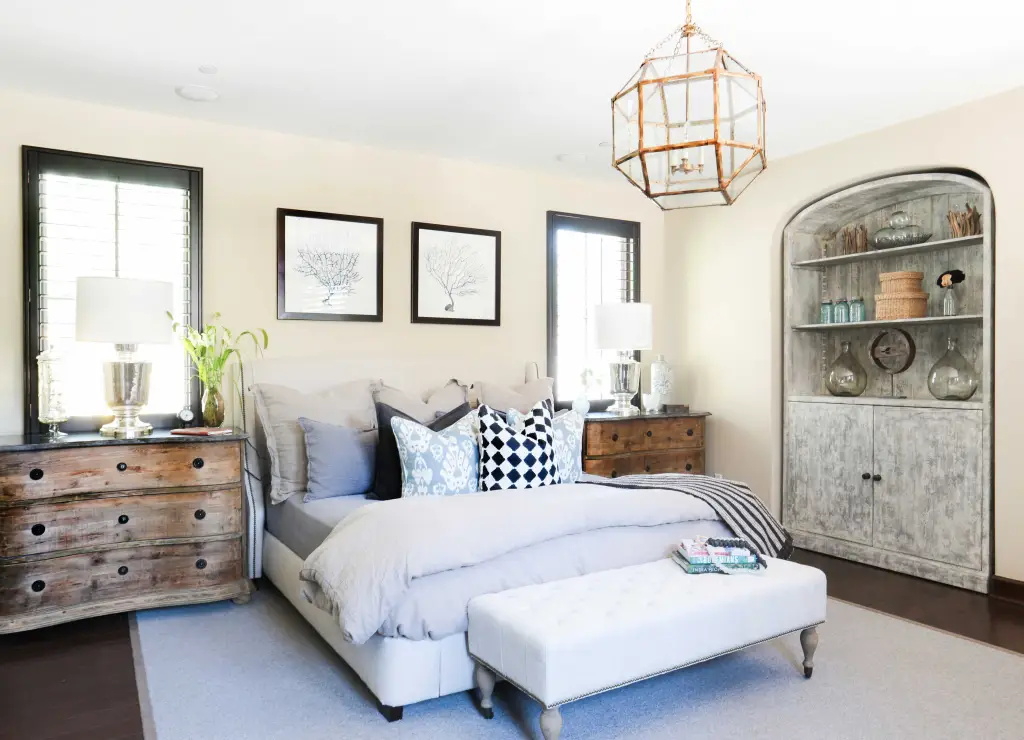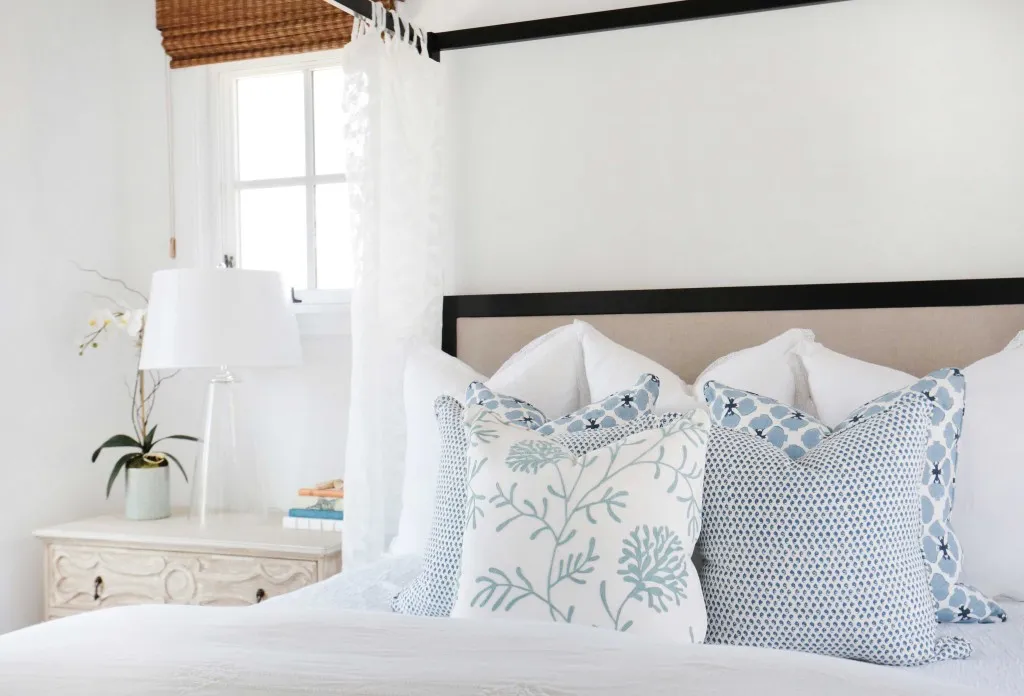Are you someone who comes down with hay fever every time spring rolls around? Maybe you find yourself sniffly after hanging out with pets? If so, you’re likely to be on the lookout for ways to ease your allergies – especially when you want to get cosy at the end of the day. Your bed should be a place of rest and relaxation, but unfortunately, it can easily become a breeding ground for all kinds of allergens, like dust mites, pet hair, mould and even bed bugs if not properly maintained.
Ensuring you properly clean and care for your bedding is essential to keeping allergens at bay – we spend almost one third of our lives in them after all! On top of that, choosing the right kind of bedding can go a long way in easing your allergies. From natural fibres to antibacterial and moisture-wicking fabrics, here’s everything you need to know.
The beauty of natural fibres

Synthetic fibres, like polyester and nylon, can have an irritating effect on skin. Research even shows that body odour-causing bacteria prefers synthetic fibres, meaning the fabric will retain the odour (sometimes even after washing).
Meanwhile, natural fibres are the perfect remedy for allergies because they are naturally hypoallergenic. There are plenty of natural fibres to choose from, including 100% cotton, silk, linen and bamboo, each with their own benefits.
Antimicrobial
Certain fabrics, like linen, are naturally antimicrobial, making them a great choice for allergy-sufferers. Linen has been clinically shown to naturally inhibit the growth of bacteria, as well as mildew, mould and other nasty microbes that can appear in your bedding and trigger allergies.
Free from chemicals, dyes and pesticides
When you combine natural and organic, you have a winner. If you want to go the extra mile, look out for organic fabrics – free from any chemicals, dyes and pesticides – which have the potential to irritate your skin and trigger allergies.
Breathable and moisture-wicking

Breathability is another factor that allows fabric to stay cleaner for longer and reduces any bacteria. Similarly, moisture-wicking (a quality that enables the fabric to absorb and dry up moisture) can keep any excess moisture at bay. A fabric like bamboo is more moisture-wicking than cotton, so if you find that you’re someone who sweats during the night, this could be a better option for reducing moisture and keeping any accompanying bacteria to a minimum.
Finely woven fabrics and long fibres
When it comes to choosing materials, anything with short, coarse fibres is more inclined to cause friction against your skin, leading to irritation and in some cases even rashes. Instead, look out for long, non-abrasive fibres, which are smooth against skin. Similarly, finely woven bedding is great for anyone who suffers from allergies, because it can help prevent pollen from building up in your bed.
Types of material
Cotton
Cotton is probably the most well-known natural fibre, used in everything from clothes and tablecloths to furniture covers and bedding. As a soft fabric, it’s a perfect non-irritant against your skin. Be sure to look out for 100% cotton, or even better, organic cotton, which will not only be hypoallergenic, but also free from chemicals like pesticides, bleach and other dyes.
Organic stone-washed cotton is a type of cotton that is pre-washed with stones (usually pumice or volcanic rock) in order to make the fabric more durable and breathable, while also giving it a super soft feel.
As a naturally hypoallergenic fibre, organic cotton can withstand high temperatures when washing, making it ideal for getting rid of dust mites and other bacteria.
Silk

Often a slightly more expensive option, as another natural fibre, silk is naturally hypoallergenic. Its long fibres make it the perfect choice if you’re looking for a non-abrasive fabric – and it’s undeniably one of the silkiest fabrics out there (hence the name!). Due to its protein fibroin, silk is also the only fibre that actively repels dust mites. What more could you want?
Linen
Linen is one of the most durable fabrics out there – sometimes lasting 12 times longer than cotton. As a natural fabric it has so many benefits, offering amazing breathability as well as being naturally bacterial-resistant and moisture-wicking, making it a good temperature-regulating material. Made of long fibres, it’s actually a rare fabric that becomes better with age. All of this makes it the perfect choice if you’re someone who struggles with allergies.
Bamboo
A newer fabric on the market, bamboo is quickly becoming a popular choice for bedding and it’s perfect for anyone who suffers from allergies. Both antibacterial and antimicrobial, bamboo does an excellent job of reducing any bacteria in your bedding – it’s also highly moisture-wicking. Bamboo is great for regulating temperature so you stay warmer in the winter and cooler in the summer – which means less potential sweating, itching and irritation.
Other things to consider
There are a couple of points to consider when it comes to maintaining your bedding. Ensuring that you wash your bedding once a week will help keep any allergens at bay, and while different materials call for different washing techniques, generally washing in hot water (in order to kill any bacteria) and using gentle cleaning products is the way to go.
Wherever you can, try to keep humidity levels low in your bedroom and ventilate as much as you can, which will once again reduce the potential for any kind of bacteria or mould to grow. This could be as simple as keeping the windows open or even investing in a dehumidifier.

Lastly, try to avoid wearing outdoor clothes in the bedroom, or if you do, get changed immediately. If you’ve been outside amongst any pollen, washing your hair before bed can prevent it from being brought into your bedding. Similarly, cleaning the floors of your house regularly will prevent you from tracking pollen into your bedroom. You can even invest in pollen screens to put on your window to block out any pollen, as well as other allergens including pollution, smog and dust.
By being smart about your fabric choice and taking the time to properly care for your bedding, you’ll be sure to create an allergy-friendly sleeping environment that you can safely unwind in at the end of the day!
Thanks to snooze.com.au for consulting.
























